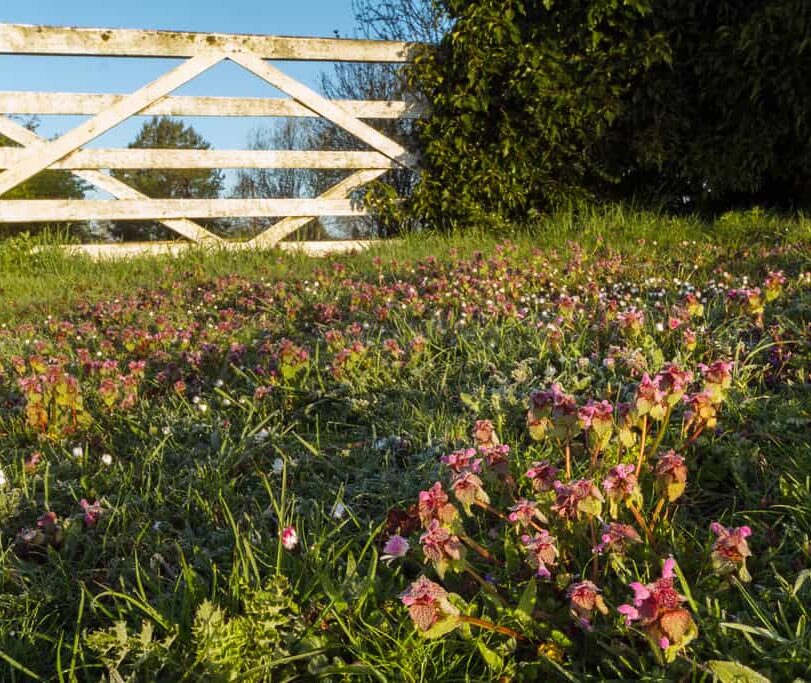Description
In common with other dead-nettles this species has a square stem and a flower that consist of a hooded upper lip and a two lobed lower lip. Red dead-nettle’s flowers are a dark to pale pink rather than a true red and the leaves are heart shaped, shortly toothed and stalked. It is a common and familiar plant of cultivated ground and is one of the first to flower starting in March and carrying on right through until October.
Habitat Information
Red dead-nettle is a long established archaeophyte and winter annual. It is particularly successful at colonising fertile, disturbed soils, and it is commonly found on cultivated land, in gardens, hedgerows, and waste land. It could be added to cornfield mixtures and roof mixtures where its early flowering might make it an important source of nectar for early emerging bee species. Its seed, which drop from April to November, has an oily coat known as an elaiosome. This attracts ants which pick up the seed and carry it a considerable distance before abandoning it. Once dropped the seed can remain dormant in the soil for many years until conditions are right for germination
Growing Information
Easily grown from seed sown any time of the year.


